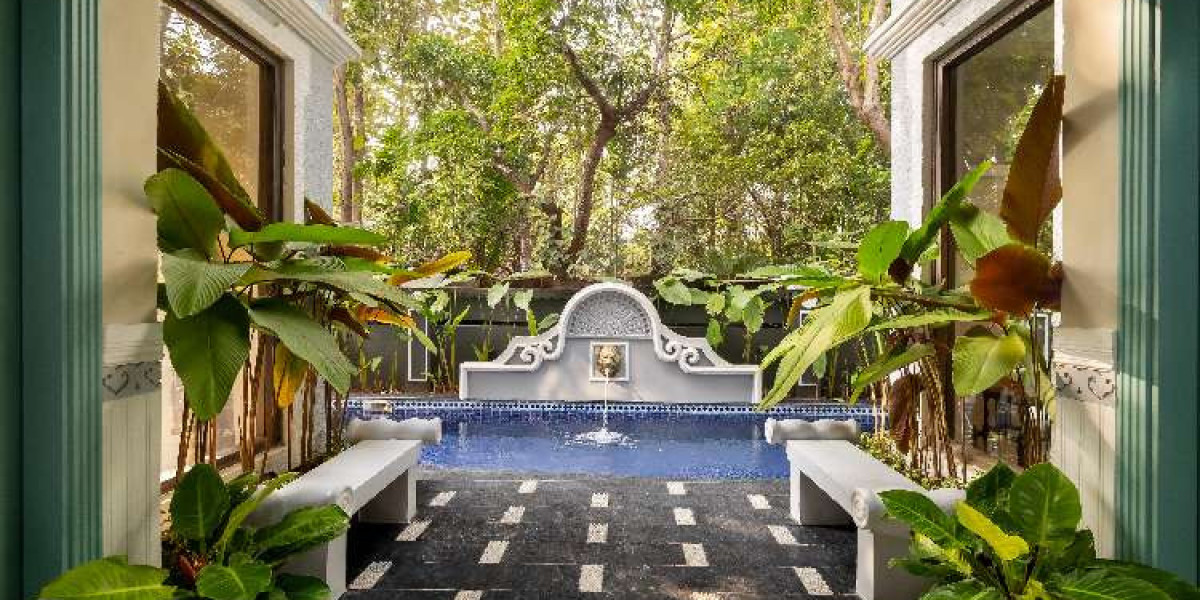The Kashmir Great Lakes Trek is one of the most breathtaking journeys in the Indian Himalayas. From azure alpine lakes to lush meadows dotted with wildflowers and towering snow-capped peaks, this trek is a paradise for nature lovers and photographers alike. But capturing the true essence of this trail through your lens requires more than just a good camera. It demands timing, technique, and a deep appreciation of the natural beauty around you.
Whether you're a professional photographer or a passionate hobbyist, this guide will help you make the most out of your camera on the trail. Let's explore how to capture those picture-perfect moments on the Kashmir Great Lakes Trek, so you can bring home not just memories but timeless frames of this Himalayan gem.
Prepare Your Photography Gear Wisely
Before you even set foot on the trail, gear selection is critical. Since you’ll be trekking over 70 kilometers across varied terrain, you must strike a balance between quality and portability.
Essential Camera Gear:
- DSLR or Mirrorless Camera: A lightweight mirrorless camera with interchangeable lenses is ideal.
- Wide-Angle Lens: To capture the vast landscapes, lakes, and meadows.
- Telephoto Lens: Great for wildlife, distant peaks, and compressed landscape shots.
- Tripod: A compact, lightweight tripod is essential for sunrise, sunset, and low-light photography.
- ND Filters & Polarizers: Useful for shooting reflections on lakes and achieving balanced exposures in harsh light.
- Extra Batteries & Memory Cards: Power and storage can be scarce in the wild. Bring enough to last the entire trek.
- Dry Bag or Waterproof Cover: Weather in Kashmir is unpredictable; protect your gear accordingly.
Understand the Trekking Route and Light Conditions
Knowing the route and when you’ll arrive at key spots helps you anticipate lighting and conditions for your shots. The trek passes through places like Nichnai Pass, Vishansar Lake, Gadsar Lake, Satsar Lakes, and Gangbal Lake — each offering a unique photographic opportunity.
The Kashmir Great Lakes Trek offers magical light conditions early in the morning and during golden hours (sunrise and sunset). Try to reach the major lakes or viewpoints by this time to make the most of natural lighting. Harsh mid-day light can wash out colors and create unflattering shadows, so use that time to rest or scout angles for later.
Focus on Composition — Rule of Thirds, Leading Lines, and Framing
Composition can make or break a photo. With so much visual grandeur, it’s tempting to shoot everything, but being selective and thoughtful helps create impactful images.
Key Composition Techniques:
- Rule of Thirds: Divide your frame into thirds and position key elements (like the horizon, a tree, or a person) along these lines.
- Leading Lines: Use natural features like trails, rivers, or ridges to guide the viewer’s eye through the frame.
- Natural Framing: Frame your shot using trees, rocks, or even tents to add depth and context.
Also, consider including trekkers or animals in your shots. Human elements give a sense of scale and adventure to vast landscapes.
Master the Art of Shooting Lakes and Reflections
The glacial lakes on this trek — like Vishansar, Gadsar, and Gangbal — are arguably its biggest attractions. They provide incredible opportunities for reflection shots, especially early in the morning when the wind is minimal, and the water is still.
Tips for Stunning Lake Shots:
- Use a polarizing filter to reduce glare and enhance reflection.
- Capture symmetry by placing the horizon in the center.
- Use a tripod and shoot at a low ISO for the cleanest images.
- Try long exposures during blue hour to capture soft, dreamlike reflections.
Capture the Locals and Culture Respectfully
Photography isn't just about landscapes. The locals you meet along the way — from Gujjar shepherds to pony men — bring warmth and authenticity to your story. These interactions reflect the cultural richness of the Kashmir region.
When Photographing People:
- Always ask permission before taking a portrait.
- Try to capture candid moments — a shepherd tending his flock, children playing near tents, or women cooking over open fires.
- Use a telephoto lens to shoot from a distance without intruding on their space.
A single expressive portrait can tell a story more powerfully than any landscape.
Weather Can Be a Game-Changer — Embrace It
One of the joys and challenges of the Kashmir Great Lakes Trek is its ever-changing weather. While clear blue skies are great for postcards, dramatic clouds, light rain, or even snowfall can bring emotion and mood into your photos.
Don't pack your camera away when the weather turns. Instead, shoot:
- Stormy clouds looming over a mountain pass
- Rain-kissed meadows shimmering in soft light
- Mist rolling over a lake, creating a mystical atmosphere
These moments add drama and uniqueness to your photo story.
Incorporate Trekking Elements in the Frame
Adding trekking-related elements like backpacks, tents, hiking boots, or trails gives your photos context and narrative. It shows not just where you were but what it felt like to be there.
Set your camera on a rock or tripod and use the timer or remote trigger to capture yourself walking into the frame — a powerful storytelling technique.
Examples:
- A lone hiker silhouetted against the morning sun
- A bright-colored tent pitched beside a turquoise lake
- A close-up of dusty boots resting by a stream
These details ground your imagery in the reality of the journey.
Shoot in RAW for Flexibility in Editing
Shooting in RAW format gives you far greater control over exposure, white balance, and color tones during post-processing. This is especially useful when dealing with the high-contrast environments found in mountainous regions — like snow-capped peaks under a bright sky.
Post-processing tools like Lightroom or Capture One allow you to enhance details, correct color casts, and balance highlights and shadows — without degrading image quality.
Remember: A good edit can turn a decent photo into a stunning one, but no amount of editing can save a poorly composed shot.
Think Storytelling, Not Just Scenic Shots
When you’re sorting through hundreds of pictures after the trek, you’ll realize the value of a well-documented story. Don’t just focus on grand vistas — also shoot the in-between moments.
Build a narrative through:
- Morning routines at campsites
- Trekkers crossing high passes
- Evening campfires and dinners
- Unexpected trail surprises, like a wildflower bloom or a curious mountain goat
Think in sequences. Your audience should feel like they’ve experienced the trek through your lens.
Respect the Environment While Shooting
Being a responsible photographer is as important as being a good one. The Himalayan ecosystem is delicate, and trekkers often inadvertently disturb it in their quest for the perfect shot.
Keep These Practices in Mind:
- Stay on trails; don’t trample wildflowers or sensitive grasslands.
- Don’t fly drones in restricted areas or near wildlife.
- Leave no trace — pack out what you pack in.
- Don’t disturb wildlife just for a close-up.
Ethical photography ensures that others can enjoy the same beauty you did.
Conclusion: Let the Experience Shape the Photograph
The Kashmir Great Lakes Trek is more than a visual journey — it's an emotional and spiritual one. While capturing stunning photos is a wonderful part of the experience, remember to sometimes put the camera down and just be present.
Some of your best memories won’t be on a memory card but in your heart: the chill of a mountain breeze, the sound of glacial waters lapping the shore, the joy of seeing a lake shimmer in the sunrise.
If your photographs reflect even a glimpse of those feelings, you’ve succeeded. The trek gives you the canvas — it’s up to you to paint it beautifully with your lens.
Final Tip: Curate a photo series or photo book when you return. Use the images not just to relive the adventure, but to inspire others to explore — and protect — this Himalayan jewel.


